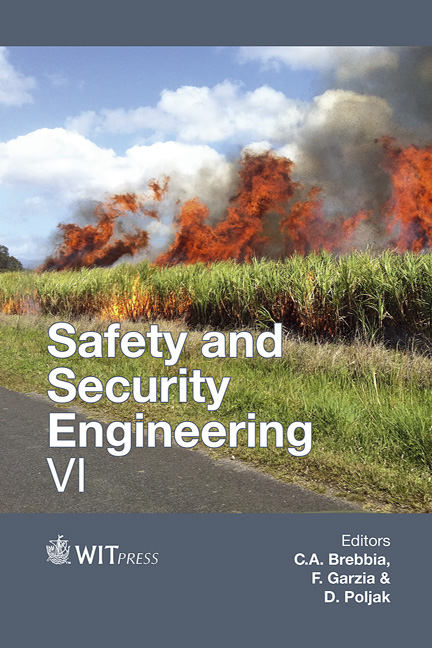Whole Body Vibrations: Experimental Assessment Of Anthropometric Differences On The Effects Of WBV Exposure In Quarry Workers
Price
Free (open access)
Transaction
Volume
151
Pages
12
Page Range
61 - 72
Published
2015
Size
527 kb
Paper DOI
10.2495/SAFE150061
Copyright
WIT Press
Author(s)
G. Alfaro Degan, D. Lippiello, M. Pinzari
Abstract
The human biomechanical response to whole body vibrations (WBV) is affected by the inertial characteristics of the body itself, among which the anthropometric parameters of the subject, such as body mass and shape, are the most relevant.
Although human exposure to mechanical vibration is universally recognized as a significant risk factor for workers, Directive 2002/44/EC indicates the minimum health and safety requirements regarding the exposure to risks arising from physical agents, stating that risk assessment may be essentially based on appropriate information available from the manufacturer without the obligation of carrying out any measurements. For this reason, information such as the machine type and model, operating conditions, driving style, soil type, and workplace characteristics are declared together with the manufacturer’s vibration measurements carried out in accordance with specific ISO EN Standards. Clearly, these data do not refer to the specific operating conditions and they do not consider the inertial and geometric parameters of the driver himself (as if these factors could not affect the exposure results). This study aims to evaluate the relationship between the WBV exposure values of loader vehicle drivers and their main anthropometric characteristics, i.e., height and weight. In this case study, the responses of drivers to vibrations from the same vehicle are analysed by means of several sampling campaigns. A correlation study is then presented along with some considerations which are proposed in order to quantify the observed differences and to predict exposure values from anthropometric data.
Keywords
whole body vibration, anthropometric differences, loader vehicle workers





